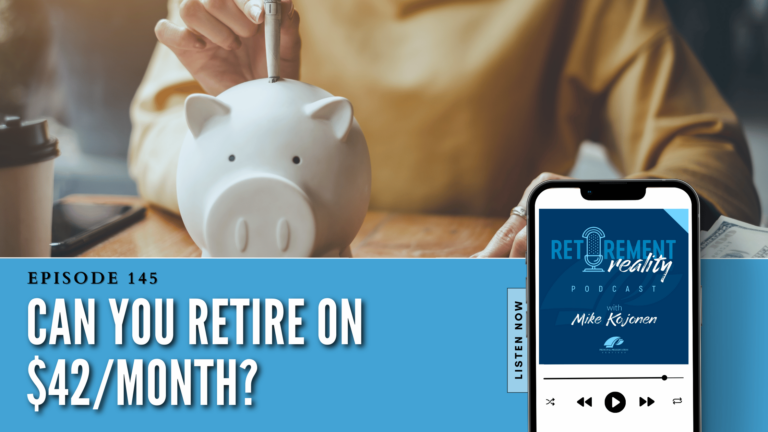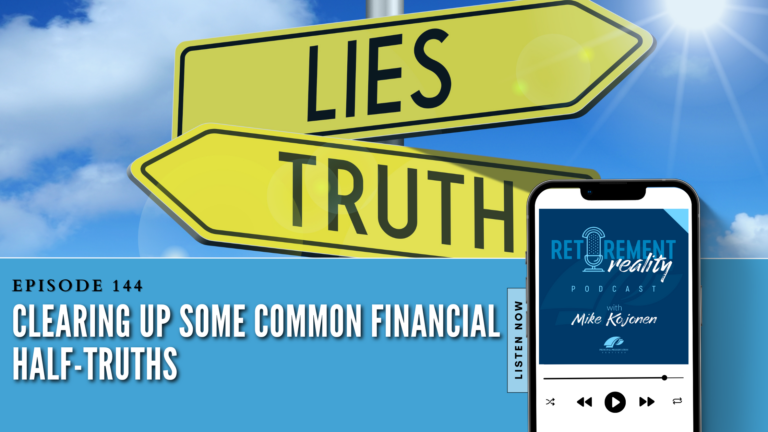Carrying consumer debt into retirement can quickly reduce the monthly cash flow available to spend on healthcare, travel, and leisure activities or could necessitate drawing down retirement accounts faster than planned. Either situation puts you at risk for running out of money or facing significant lifestyle changes to make ends meet.
Financial strain is a reality for many nearing the retirement phase.
- Baby boomers carry an average credit card balance of $6,747 and $25,812 in total nonmortgage debt.
- Generation Xers carry an average credit card debt of $7,718 and $32,878 in nonmortgage debt.
No matter if you’re the last of the Gen Xers at age 41 or the first of the Boomers at 74 – debt is a reality, and you need to manage it if you want to see your retirement plan come to light. The closer to retirement, the more accurately you need to calibrate the numbers between paying off debt and saving for retirement.
First, pay down high-interest-rate debt (such as student loans, credit cards, auto, and home), and then move to a mix of debt repayment and investing when your debt interest rates are less than potential stock market returns.
Credit Card Debt = Pay first! Consider that if your interest rate on a credit card is hovering at 20%, then you’re paying one dollar for every five borrowed.
Mortgage Loan vs. Savings = Save first! If you’re choosing between paying down a mortgage faster or contributing money to an IRA — or leaving money in an IRA rather than withdrawing it to pay for your home — you’ll often end up ahead by prioritizing retirement savings. If your IRA grows 6% that year and your mortgage interest rate is 3%, for every dollar you put into savings instead of paying down debt, you’ll end up with more money as a result
Deb During Retirement = Pay with Caution! One way to pay debts off is to use proceeds from retirement plan distributions, Social Security income, or pension income. Tapping extra retirement funds can also be a solution. Use caution with this approach, as taking a large retirement account distribution to repay your debt will mean having to declare higher income that year and pay more taxes.
Unfortunately, some of us head into retirement with debt, and it’s worth trying to get rid of as much as possible as early as possible. If you’d like to review your financials and work out a plan for retiring debt-free or close to, give us a call today at our Woodbury office at 651-414-0016 or our Hudson office at 715-808-8981.
Adapted from Experian1
![]()
SINGLE PARENT FINANCIAL CHECKLIST
Life is hard enough but managing a household as a single parent can be downright overwhelming. To help, review these key financial steps and mark them off your checklist as soon as possible.
I’ve taken control
- Take on the simple act of saving instead of splurging. Being social is necessary, especially when you’re single, but suggest a fun night of potluck and board games over spending money on dining out and live entertainment.
- Controlling your spending is a mindset worth every penny. Adopt the “need” vs. “want” thought process and consider a financial budgeting app to help you stay on track.
- Review your spending each month and make adjustments as needed.
I have a plan
- As quickly as possible, pay off any unnecessary debt and begin building an emergency reserve fund. A house is a debt that builds equity; a credit card doesn’t so focus your efforts there first!
- Ever consider a job change or turning a hobby into a money-maker that could land you in a better financial position? It’s not always easy to switch roles but changing up your narrative could be the key to financial security.
- Your estate, big or small, needs a written plan and must be kept up-to-date on all paperwork: insurance policies, wills, investment funds, and power-of-attorney. You can write and review your own or work with your financial professional to protect yourself and your children from the perils of poor planning.
I’ve protected my children
- Knowledge is crucial to keeping your finances in order, so talk to your children early about your spending habits and teach them ways to contribute.
- Invest in yourself and your long-term care plans in order to not place the burden on your children. Use your company’s 401(k) or other retirement plan if it’s an option. If not, set up your own Roth IRA and make regular contributions.
- Insurance coverage is necessary so, should you need it, you’ve insulated your children from any depletion of their savings or yours. Talk with your financial professional about what insurance you need to ensure you’re adequately covered.
![]()
CHOCOLATE TART WITH COCOA WHIPPED CREAM
Chocolatey and light, this tart is the perfect ending to a delicious meal or just as a dessert when you want something memorable. Consider adding some raspberries and strawberries when they are in season this summer!
Here’s what you’ll need:
CRUST INGREDIENTS:
- 30 Chocolate Wafer Cookies (about 6 oz)
- 3 Tbsp Sugar
- Pinch of Salt
- 6 Tbsp Unsalted Butter, melted
FILLING & TOPPING INGREDIENTS:
- 1 ½ C Milk, divided
- 4 Large Egg Yolks
- 1/3 C Sugar
- 2 Tbsp Cornstarch
- ¼ C Unsweetened Cocoa Powder
- 1 Tsp Pure Vanilla Extract
- ¼ Tsp Salt
- 4 Oz Semisweet Chocolate, Chopped
- 1 C Heavy Cream, cold
- 3 Tbsp Confectioners’ Sugar
- Chocolate Sprinkles for topping
Directions:
Preheat oven to 350°F
MAKE THE CRUST:
- Pulse the cookies, granulated sugar, and salt in a food processor until finely ground. Add the melted butter and pulse until the mixture starts to clump.
- Transfer to a 9-inch fluted tart pan with a removable bottom and firmly press on the bottom and up the side of the pan. Bake until the crust is firm, 12 – 15 minutes. While the crust is still warm, use the back of a spoon to gently press any cracks together.
- Transfer to a rack to cool completely.
MAKE THE FILLING:
- Heat 1 cup of the milk in a medium saucepan until hot but not boiling. Meanwhile, whisk the egg yolks, granulated sugar, cornstarch, 1 tablespoon cocoa powder, vanilla, salt, and the remaining 1/2 cup of milk in a large bowl.
- Gradually whisk the hot milk into the egg yolk mixture until smooth. Pour the mixture into the saucepan and cook, whisking constantly, until it comes to a boil and is thick like pudding, 3 – 5 minutes. Remove from the heat and whisk in the chocolate until melted.
- Pour the filling into the crust and smooth the surface with an offset spatula. Gently press plastic wrap directly onto the surface to prevent skin from forming. Refrigerate until cold and set for about 2 hours.
MAKE THE TOPPING:
- Beat the heavy cream, confectioners’ sugar, and remaining 3 tablespoons cocoa powder in a large bowl with a mixer on medium speed until soft peaks form.
- Spread the cocoa whipped cream on the tart and top with sprinkles.
Adapted from Food Network2
![]()
SWIMMING FOR PAIN RELIEF
The summer months are the perfect time to try out swimming for pain relief. The water supports your body, and the buoyancy relieves stress on all your body’s joints. With less gravity affecting joints, swimming and other types of water exercise help the spine and limbs expand, which relieves painful pressure. Swimming is a great form of exercise if you suffer from pain in your back, joints, or musculoskeletal pain.
Benefits of Swimming:
- Improves cardiovascular health
- Increases stamina
- Increases muscle strength
- Improves flexibility
- Builds stronger muscles in the back, shoulders, legs, and core
- Improves balance
- Helps with coordination
- Improves posture
Types of water activities to try:
- Walking in the water — The water’s resistance will help build up your muscles, especially if you swing your arms while walking.
- Water aerobics — Water aerobics works a variety of muscles while also building your flexibility.
- Swimming laps — It’s important to start slow, maybe for only a short time a couple of times a week. Different types of strokes work a variety of muscles in your hips, chest, and back.
- Use a pool noodle — Noodles can be helpful tools for those who may not feel as comfortable in the water. A popular option is to sit on the noodle upright, then gently use your arms and legs to move across the pool.
Adapted from Southside Pain Specialists3
![]()
APHASIA TALKING: SOME DOS AND DON’TS
Aphasia is an acquired language disorder often resulting from a stroke or brain injury. Approximately 1/3 of stroke victims end up with aphasia. It affects a person’s ability to process, use, and/or understand language. Without having some communication strategies in your pocket, it can make talking with your loved ones quite frustrating.
The National Aphasia Association has some helpful materials, and below are a few suggestions:
- Make sure you’ve the person’s attention before you start.
- Minimize or eliminate background noise (TV, radio, other people).
- Keep your voice at a normal level unless the person has indicated otherwise.
- Keep communication simple but adult. Simplify your sentence structure and reduce your rate of speech. Emphasize keywords.
- Don’t “talk down” to the person with aphasia.
- Give them time to speak. Resist the urge to finish sentences or offer words.
- Communicate with drawings, gestures, writing, and facial expressions in addition to speech.
- Confirm that you’re communicating successfully with “yes” and “no” questions.
- Praise all attempts to speak and downplay any errors. Avoid insisting that each word be produced perfectly.
- Engage in normal activities whenever possible. Don’t shield people with aphasia from family or ignore them in a group conversation. Instead, try to involve them in family decision-making as much as possible. Keep them informed of events but avoid burdening them with day-to-day details.
- Encourage independence and avoid being overprotective.
Share the Wealth of Knowledge!
Please share this market update with family, friends, or colleagues.
If you’d like us to add them to our list,
simply click on the “Forward email” link below. We love being introduced!
By clicking on these links, you’ll leave our server, as they’re located on another server. We haven’t independently verified the information available through this link. The link is provided to you as a matter of interest. Please click on the links below to leave and proceed to the selected site.
This document is for educational purposes only and should not be construed as legal or tax advice. One should consult a legal or tax professional regarding their own personal situation. Any comments regarding safe and secure investments and guaranteed income streams refer only to fixed insurance products offered by an insurance company. They do not refer in any way to securities or investment advisory products Insurance policy applications are vetted through an underwriting process set forth by the issuing insurance company. Some applications may not be accepted based upon adverse underwriting results. Death benefit payouts are based upon the claims paying ability of the issuing insurance company. The firm providing this document is not affiliated with the Social Security Administration or any other government entity.
1 https://www.cnbc.com/select/how-much-debt-do-baby-boomers-have/
3 https://www.southsidepainspecialists.com/swimming-for-pain-relief/








